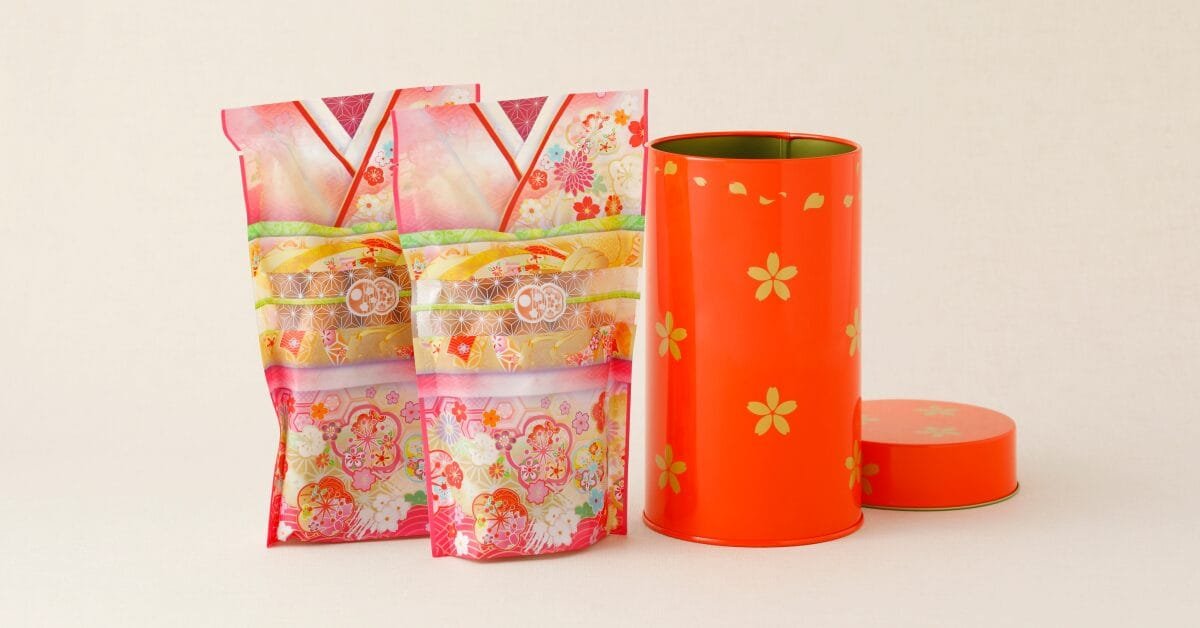The Art of Karinto: A Journey Through Tokyo’s Traditional Sweet Shops
Karinto, with its distinctive shape, crispy texture, and gentle sweetness from brown sugar, stands as one of Japan’s most beloved traditional sweets. This seemingly simple confection represents the crystallization of Japanese culinary wisdom, crafted from basic ingredients yet delivering profound flavors.
The origins of Karinto are subject to various theories. While some trace its history back to the Nara or Heian periods (710-1185), it’s generally believed to have emerged during the early Edo period (1603-1867). The traditional recipe involved kneading rice flour, cutting it into strips, deep-frying, and coating with sugar.
Even the name “Karinto” has multiple origin stories. While many believe it comes from the onomatopoeia “kari-kari” (describing its crispy texture), others suggest it derives from the Chinese word “gan-tang” (dried sugar). Regardless of its etymology, Karinto has become deeply embedded in Japanese food culture.
Tokyo’s Master Craftsmen: Three Legendary Karinto Shops
Tokyo hosts several Karinto specialty shops with over a century of history. Among them, three establishments – Yushima Hangetsu, Asakusa Kozakura, and Ginza Tachibana – are renowned as “Tokyo’s Three Great Karinto Shops,” each preserving their unique methods and flavors.
Yushima Kagetsu: Traditional Excellence Since 1947
Established in 1947, Yushima Kagetsu stands near the historic Yushima area, a short walk from Ueno Station. Their commitment to handcrafted excellence continues unchanged since their founding.
Their unique production method involves a three-temperature deep-frying process, followed by coating with crystallized sugar candy. This technique creates their signature texture – crispy on the outside while maintaining a satisfying crunch within.
Their flagship Karinto glistens like jewels, striking a perfect balance between refined sweetness and roasted aromatics. The elegant packaging, inspired by kimono patterns, makes them an ideal gift, offering visual pleasure before the first bite.
Asakusa Kozakura: A Taste of Old Tokyo
Founded in 1961 near Sensoji Temple, Asakusa Kozakura emerged from the prestigious “Fukushiman” restaurant. Their signature product “Yumeji” comes in three distinctive varieties: seaweed, sesame, and paprika.
Each aspect of production – from dough resting time to frying temperature – reflects generations of artisanal expertise. Their precisely thin brown sugar coating allows the authentic Karinto flavor to shine through.
Located near major tourist attractions, the shop welcomes visitors with traditional noren curtains and warm hospitality, offering fresh Karinto in a nostalgic atmosphere.
Ginza Tachibana: Refined Elegance Since 1909
Founded in 1909, Ginza Tachibana embodies the sophistication of Tokyo’s premier shopping district. They’ve established their reputation through distinctive methods and flavors.
Their main products, “Koro” and “Saeda,” showcase expert frying techniques that bring out Karinto’s essential wheat flavors while maintaining the perfect crispy texture.
The shop’s elegant appearance and meticulous packaging make their products popular as gifts, representing the refined sweets culture of Ginza.
Best Practices for Enjoying Karinto
For the best experience, consume Karinto as fresh as possible. Each shop produces small batches to ensure optimal flavor and texture.
When storing at home, avoid high humidity and consume within a reasonable timeframe. During Japan’s rainy season, airtight containers are recommended for maintaining crispness.
Tradition Meets Innovation: The Evolution of Karinto Culture
While these establishments maintain their traditional methods, they also develop seasonal specialties and new flavors to meet contemporary tastes. However, the fundamental craftsmanship and dedication remain unchanged from their founding days.
Once a common street snack, Karinto has evolved into a representative Japanese traditional sweet, bridging the past and present of Japanese confectionery culture. Each piece contains the essence of Japanese sweet-making expertise, carrying forward a legacy of taste and tradition.
